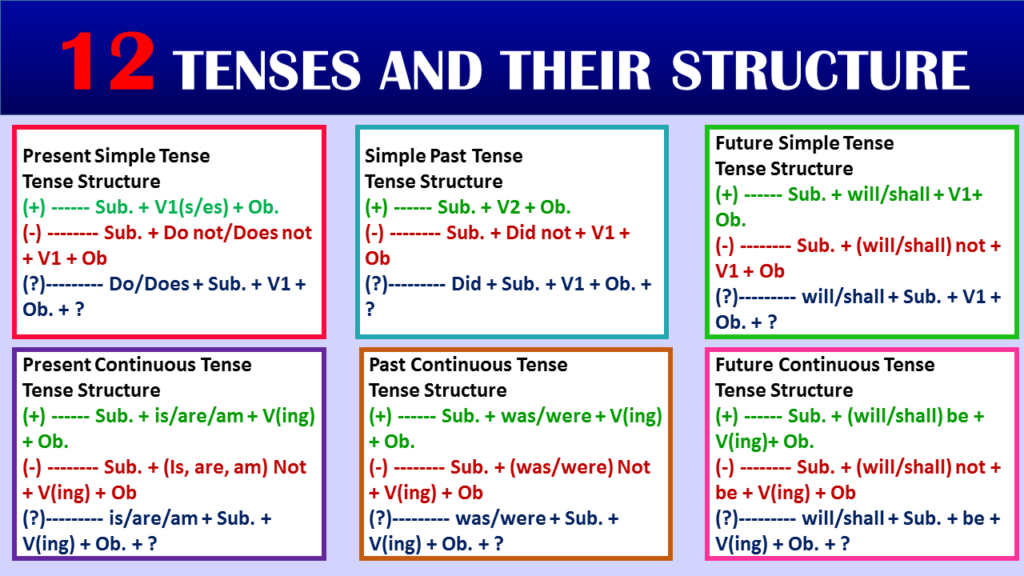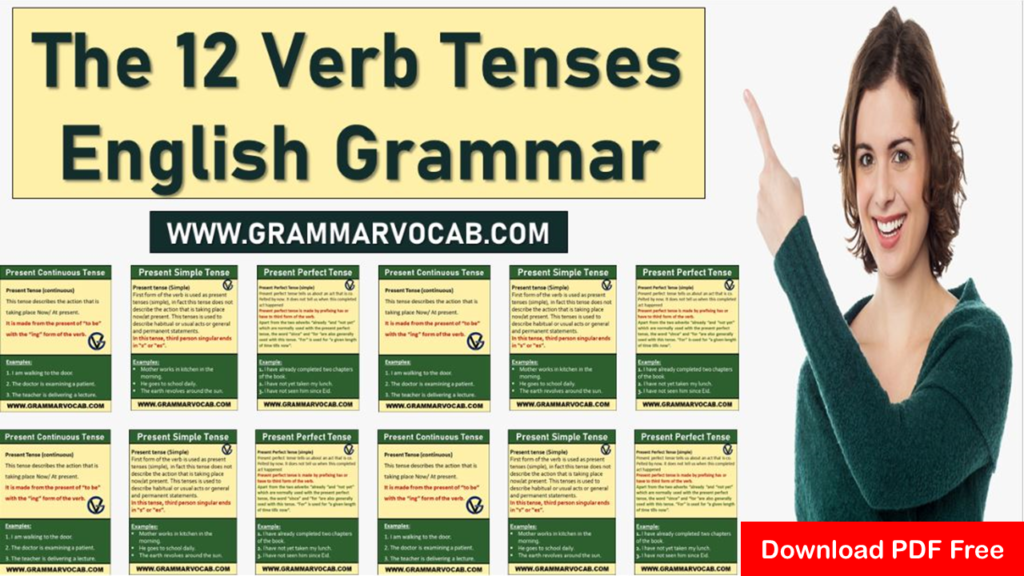When we talk about the word “buy,” we refer to the act of getting something in exchange for money. But, as with many words in English, “buy” changes its form when we talk about actions that happened in the past. In this article, we’ll explore the second and third forms of “buy,” which are “bought” for both. We’ll break down each form, show you how to use them in sentences, and offer some tips to remember them easily.
The word “buy” has three main forms:
- Buy (this is the present form)
- Bought (this is the past form)
- Bought (this is the past participle form, but it looks and sounds the same as the past form)
The Second Form: “Bought” (Simple Past)
The second form of “buy” is “bought.” This is the form you use when you want to talk about something that you purchased in the past. It doesn’t matter if it was yesterday, last week, or ten years ago; if it happened before now, “bought” is the word you need.
Examples:
Examples to Understand Better
To make things even clearer, here are some sentences using “bought”:
“She bought a new dress for the party.”
- This means that she purchased a new dress for the party at some time in the past.
“We bought some ice cream on our way home.”
- This tells us that during the journey home, ice cream was purchased.
“He had bought all the supplies before the store closed.”
- This sentence uses “bought” to indicate a completed action before another past action (the store closing).
The Third Form: “Bought” (Past Participle)
The third form of “buy” is also “bought,” but this time, it’s used in what we call the past participle form. This might sound complicated, but it’s just a way of using “bought” to talk about actions that have a connection to the present or to form perfect tenses. We often use it with auxiliary verbs like “have” or “had.” Here’s how it works:
- “I have bought a new car.” (This means I bought a car, and it’s relevant to my situation now.)
- “She had bought all the ingredients before the store closed.” (This means she bought the ingredients at some point in the past, and it’s connected to another past action or situation.)
In both examples, “bought” helps to link the past action of buying to another time or situation.
How to Remember These Forms
Remembering the different forms of “buy” can be tricky because the second and third forms are the same word—”bought.” Here are a few tips to help you:
- Association: Associate “bought” with something you’ve purchased in the past. For instance, think of a memorable item you bought, and remember that “bought” is the past and past participle form of “buy.”
- Practice: Use “bought” in sentences about past actions. The more you use it, the more natural it will feel.
- Visual Cues: Write down sentences using “bought” in both the simple past and the past participle forms. Seeing them in writing can help reinforce their usage.
- Rhyming Words: Think of words that rhyme with “bought,” like “thought” or “fought.” This can help you recall the sound and form of “bought” when you need it.
Must Try:



